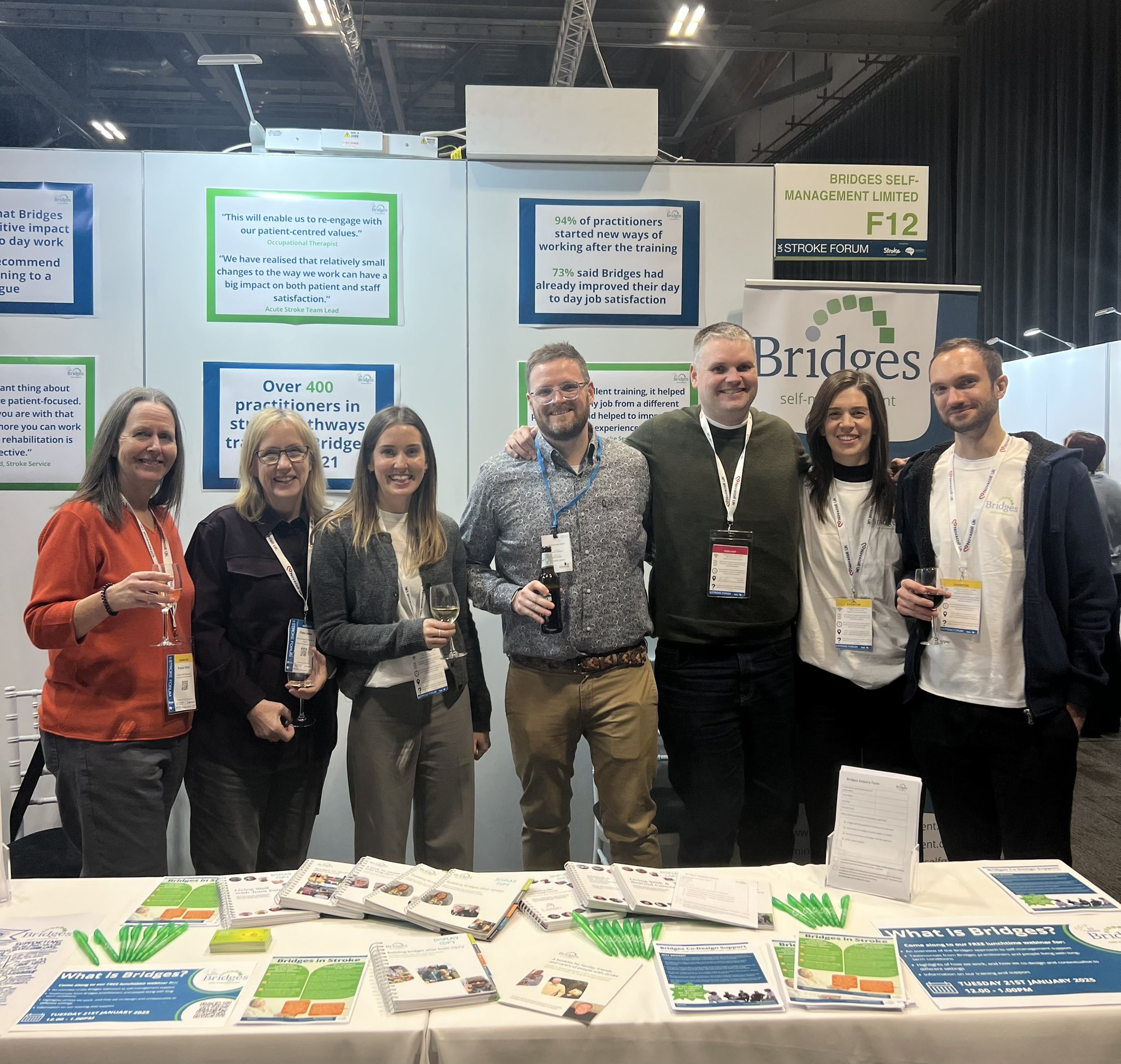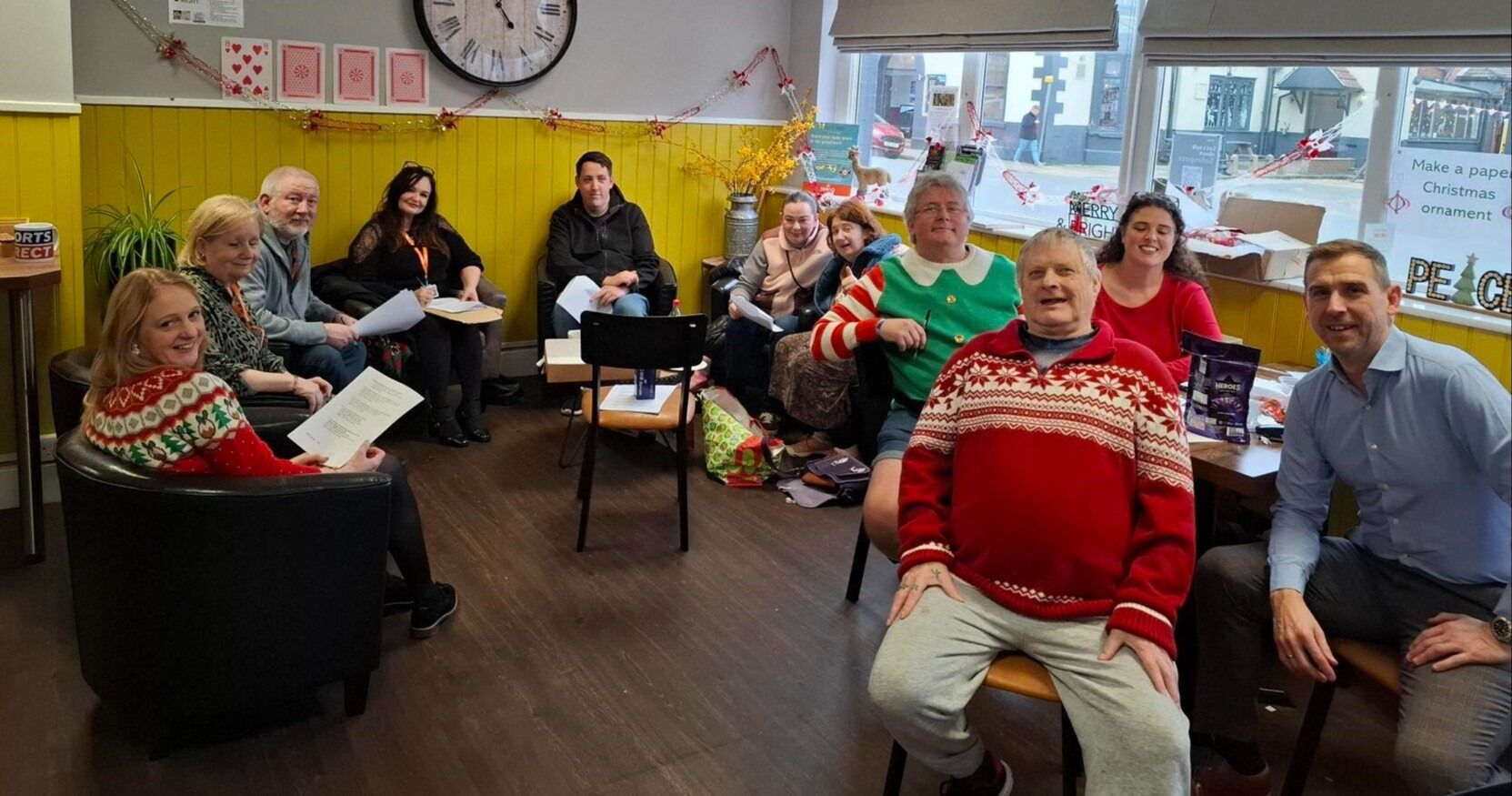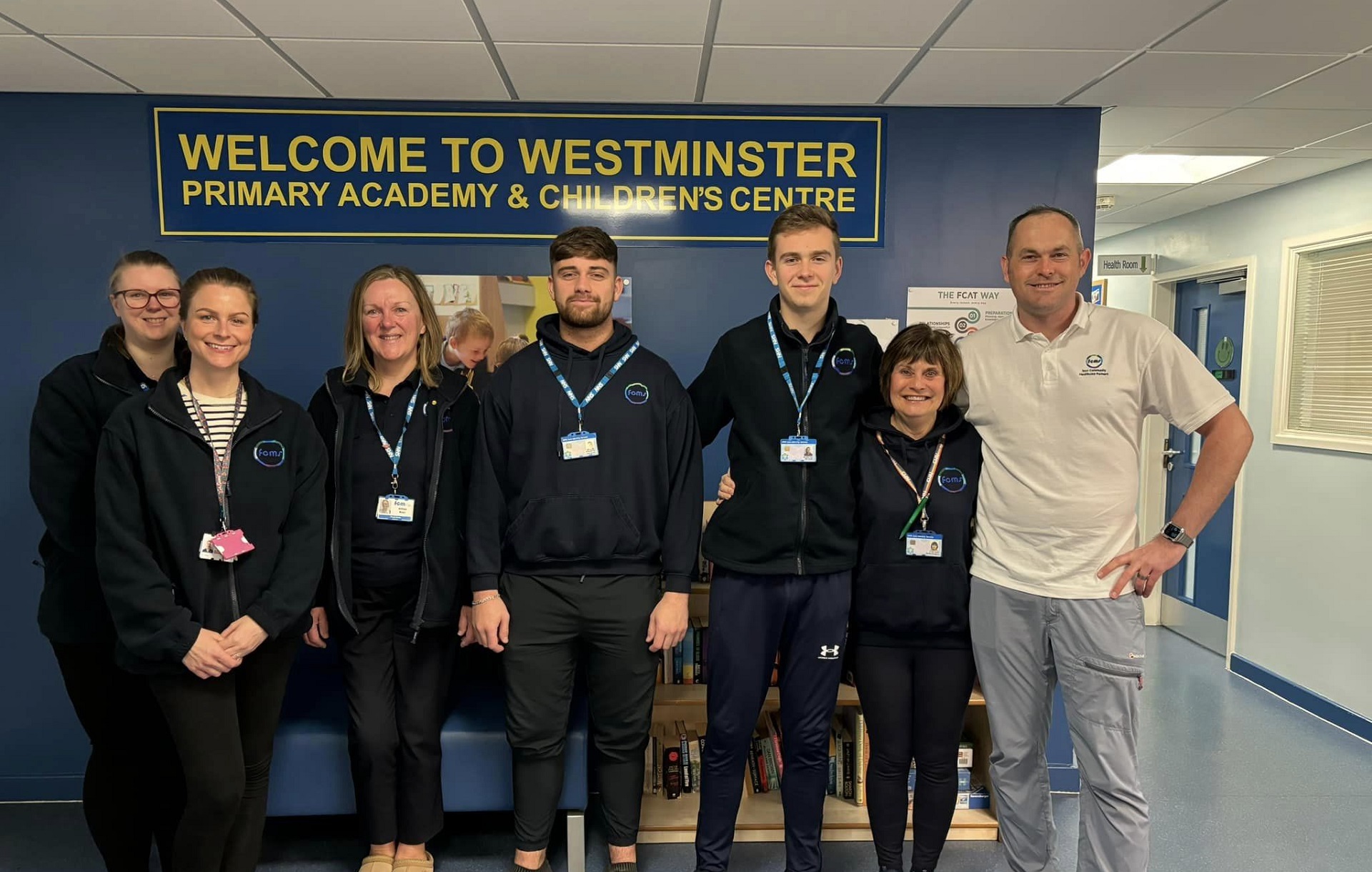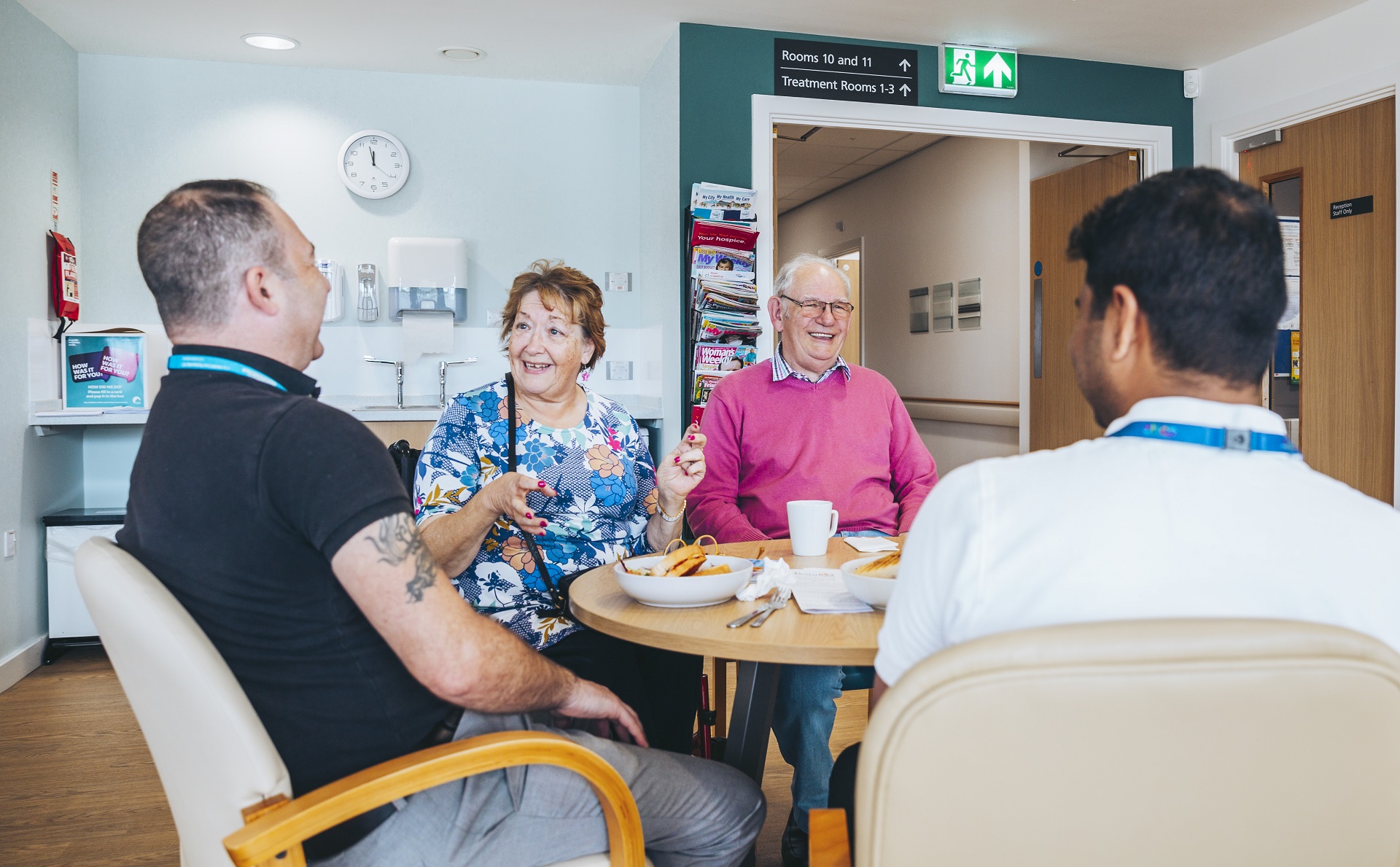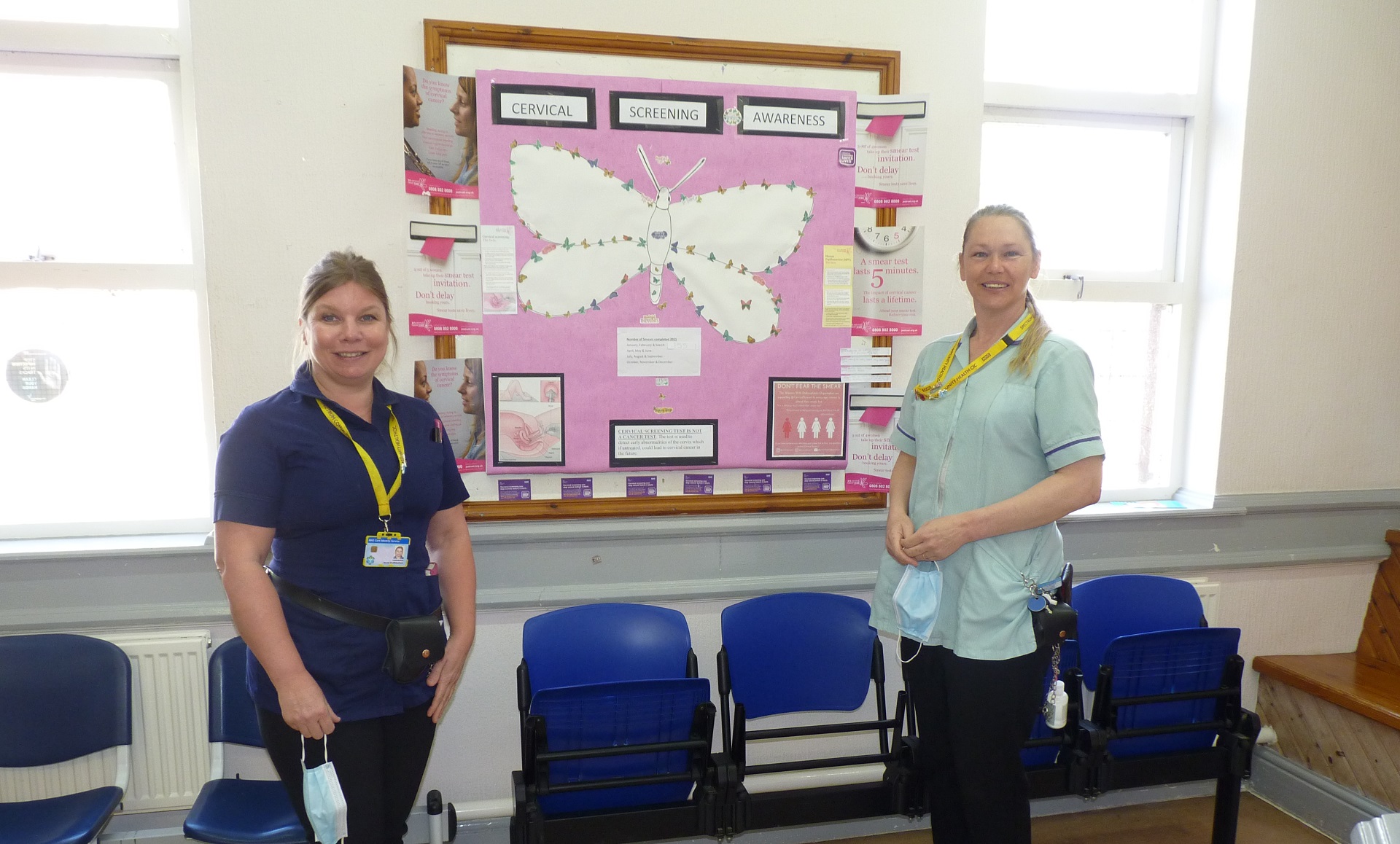
Health and social care case studies
The social enterprise effect: taking care of things already
The Government’s 10 Year Plan for the NHS may have just recently been made public, but social enterprises have long been delivering the kind of services it aspires to. Read this new report to be inspired by the ways social enterprises are already transforming the NHS and the way services are created and delivered. From breaking down barriers to care for vulnerable groups such as female prisoners to reducing emergency admissions, from working with patients to co-create services to finding innovative ways to lower waiting times - you'll find examples of the social enterprise effect from across the country. As well as qualitative research, the paper also presents quantitative research looking across a range of performance metrics, including CQC ratings, workplace culture and financial performance. What it shows is the impact of social enterprises in providing better healthcare with happier and healthier workforces. Discover the social enterprise effect in the NHS in this animation which brings the key findings of the report to life! https://www.youtube.com/watch?v=JT0uChDYPMo
1 min

